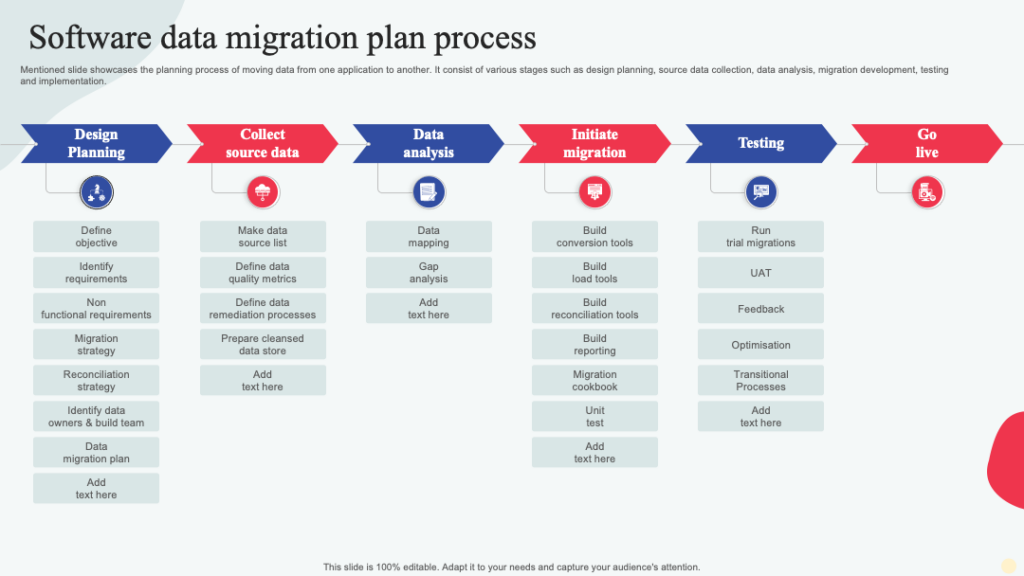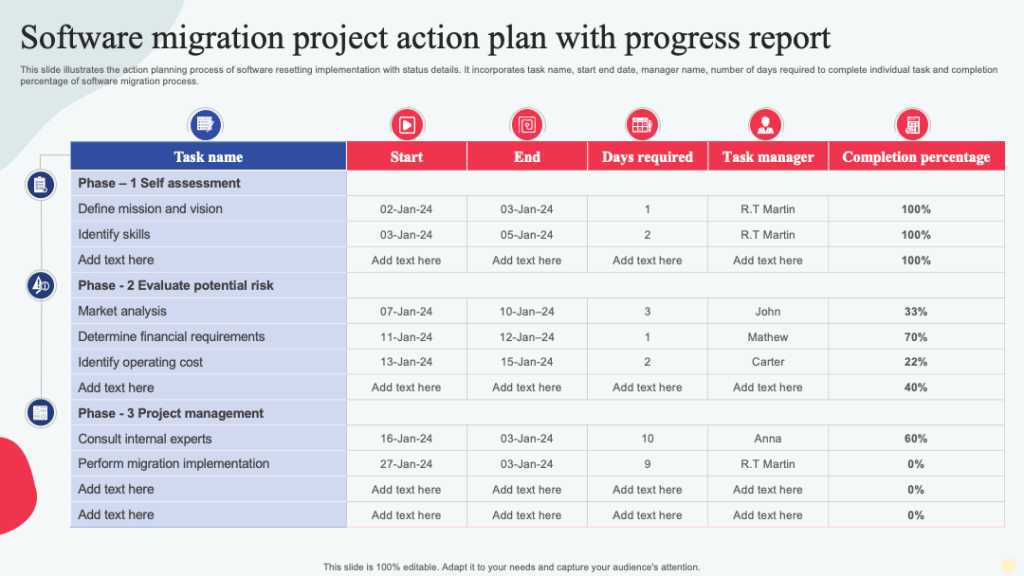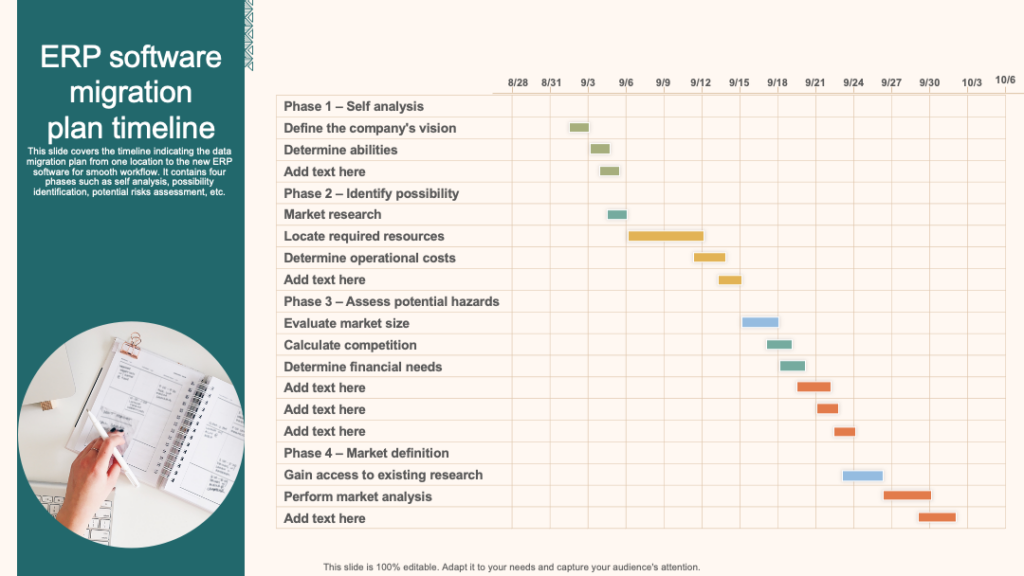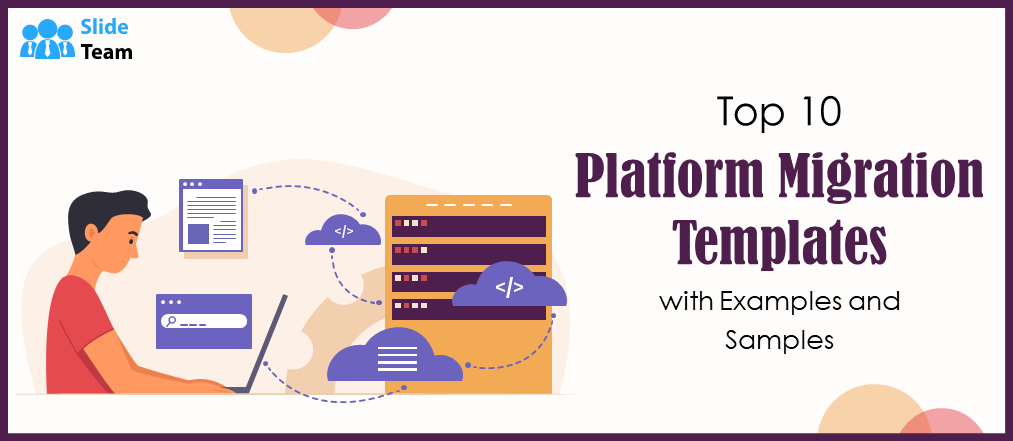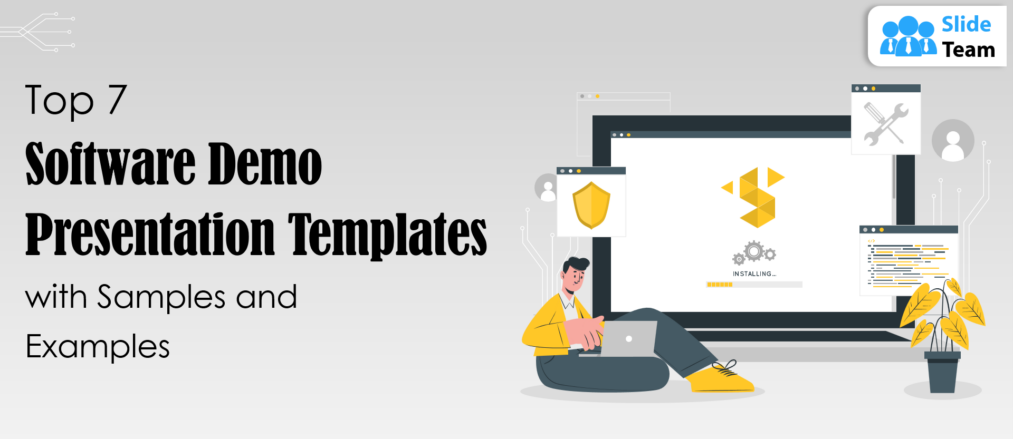Are you planning to migrate from one software to another one? It’s like relocating an entire house across continents. The data, like carefully-packed furniture, must be transported, and the hardware foundation must seamlessly align with the new environment. Establishing new connections and addressing unexpected compatibility challenges is paramount. With planning and a proficient team of packers and movers, the migration journey unfolds an opportunity to settle into an enhanced, optimized software system—the digital equivalent of a new, better and improved home.
The software migration process is an important part of enterprise business operations. Enterprises upgrade and adapt their software solutions to remain competitive and efficient. This, however, requires planning. Whether moving from legacy systems to modern platforms, upgrading your software, or transitioning to the cloud, a well-structured software migration plan is essential to ensure a smooth transition with minimal disruption to your enterprise’s operations.
This blog with our expert designed Software Migration Plan Templates will offer clear steps that organizations must take to ensure the process is seamless and successful.
Why Does Software Migration Matter for Enterprises?
If your enterprise is considering migrating to new software, you might be wondering why migration is important for organizations. Technology is ever-evolving, and staying competitive means keeping up with the latest software advancements. Failure to migrate to more efficient software can leave your enterprise at a disadvantage in terms of productivity and innovation. Often, legacy software lacks necessary security features to protect your data from modern threats. Migrating to more up-to-date solutions can enhance your cybersecurity status and help you meet compliance requirements. While migration is an investment, updating software systems can have a significant impact on your enterprise save money and time. Modern businesses must be flexible when it comes to meeting user demand. Legacy systems often cannot scale fast enough to meet sudden spikes in user demand. Modern software systems offer organizations far more flexibility through scalability.
What Is a Software Migration Plan?
A software migration plan is a strategic roadmap that outlines the process, tasks, and timeline for transitioning from one software system to another. The software migration process may involve moving from an older software version to a newer one, shifting from on-premises systems to the cloud, or adopting new software solutions.
Data migration is at the heart of software migrations. After all, data is one of your enterprise’s most valuable assets. As a result, migration projects must ensure more than data quality. They must also ensure data integrity and data security.
The primary goal of a migration plan is to minimize risks, reduce downtime, and ensure a seamless transition while preserving data integrity. Do it all with our 100% editable and content-ready templates. These provide you with a structure to build a plan and customize as per your current and new software needs.
Let’s explore the templates
Template 1: Software Data Migration Plan Process PPT Template
The PPT Template offers a comprehensive framework for visually outlining the six key stages of data migration. Beginning with Design Planning, it guides users through defining objectives, identifying requirements, and creating a high-level plan. The subsequent stages include Collect Source Data, Data Analysis, Migration Development, Testing and Go Live, and Optimization. The template provides designated spaces for customization, allowing users to insert team member names and establish a timeline for the migration process. This presentation tool ensures effective communication of data migration plan to stakeholders, fostering alignment and understanding across the project.
Template 2: Software Migration Project Action Plan with Progress Report Template
The Template is tailored for small businesses to plan and monitor the advancement of their software migration initiatives. This template comprises essential components such as Task Name, indicating the tasks for the software migration project; Start Date and End Date columns, specifying scheduled task initiation and completion dates; Days Required, indicating the duration for each task; Task Manager, listing responsible individuals for task management; and Completion Percentage, providing a visual representation of task progress. This comprehensive tool empowers small businesses to organize, execute, and monitor their software migration projects with precision and accountability.
Template 3: ERP Software Migration Plan Timeline PPT Template
This PPT Template offers businesses a structured approach to navigate the migration of their ERP software to a new system across four distinct phases. In Phase 1, "Self Analysis," companies define their vision and assess capabilities. Phase 2, "Identify Possibility," involves market research, resource location, and operational cost determination. Phase 3, "Assess Potential Hazards," requires evaluating market size, competition, and financial needs. Finally, Phase 4, "Market Definition," entails accessing existing research and performing market analysis. The accompanying timeline table breaks down the project into weeks, providing space for notes to track progress. This comprehensive template ensures businesses maintain focus, avoid potential issues, and execute their ERP software migration.
Upgrade your software now!
When it comes to enterprise technology, software migration planning is a critical process that can impact an organization’s competitiveness, security, and cost efficiency. Keep in mind that every migration is unique and use our customizable PPT Template that can help you adapt and refine your plans in real-time to meet the needs of your enterprise.


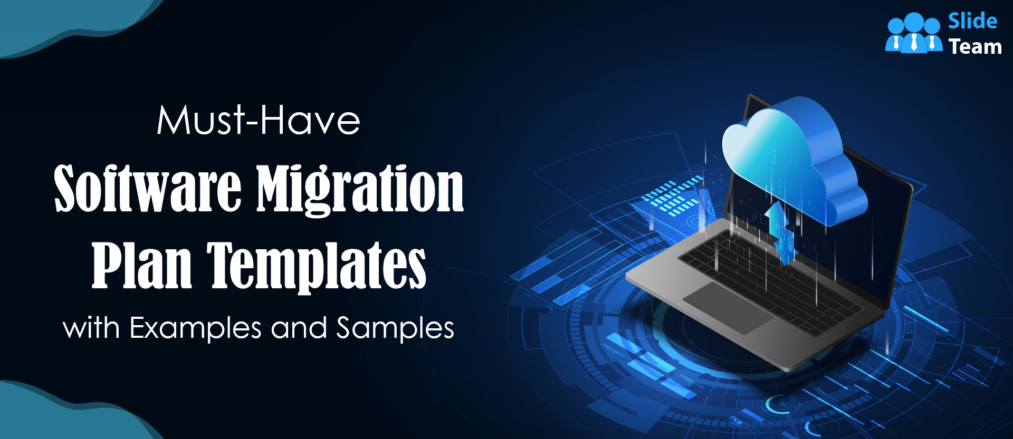


 Customer Reviews
Customer Reviews

